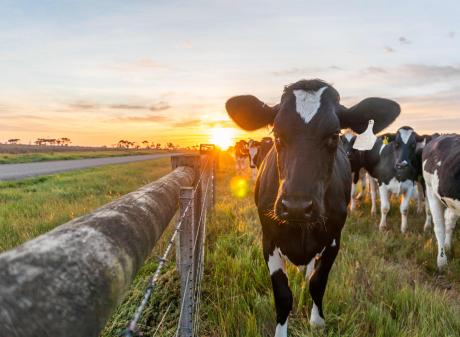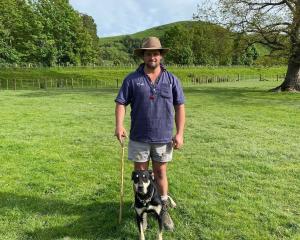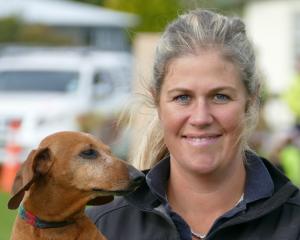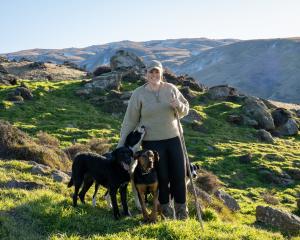
John and Moira Parker bought their bush block, Varleys Hill on Otago Peninsula, in 1993.
Mrs Parker said they bought the 40ha block to save its native forest.
‘‘There’s not much of it left on the peninsula.’’
Mr Parker said their property, which runs between Hoopers Inlet and Papanui Inlet, was advertised for sale as a woodlot to be cut down for firewood.

Under their ownership, the land had been protected with covenants from the QEII National Trust, meaning future owners would need to continue their management of the property.
‘‘We are proud of the fact it’s 90% protected,’’ Mr Parker said.
Mrs Parker said the forest would continue to improve.
‘‘As long as there’s no rabbits.’’
Since they bought the land, rabbit numbers had increased.
When they first arrived, a tyre placed to surround a freshly planted native shrub would provide enough protection from rabbits.
As rabbit numbers increased, more tyres needed to be stacked on.
‘‘I found rabbit droppings on the top of three tyres.’’
It got to the point where the only way to stop rabbits eating native shrubs, or their vegetable garden, was by covering them with a net.
They realised the size of their rabbit problem when an Otago Regional Council staff member visited and told them they had to control the pest.
Rabbits had been ringbarking big native trees.
‘‘We hadn’t realised how bad the rabbits had got.’’

The couple ‘‘took action’’ and started installing more than 2km of rabbit fencing, Mr Parker said.
Mrs Parker got certified to handle Pindone poison.
Carrots laced with the poison were dropped across the rocky and hilly parts of the property by a contractor in a helicopter.
They scattered about 200kg of the poisoned carrots across the more accessible areas by hand.
Carrots were scattered across the property three times in July last year, when food was scarce for rabbits.
Poisoning had made a major difference to the biodiversity of the property.
‘‘It was extraordinary - suddenly everything grew,’’ Mrs Parker said.
Now native tree seedlings, such as kōwhai, grew on the property.
Signs of rabbits were still evident on the property.

Their work controlling rabbits had been a big effort, but was well worth it to ensure the forest thrived for them and future generations to enjoy.
Their son was an architect and designed the house on the property, which they had built using macrocarpa milled from their forest, Mrs Parker said.
‘‘Quite a few of our friends thought we were batty at our stage of life to live on the side of a hill, but we took a risk and it has worked out brilliantly.’’
SHAWN.MCAVINUE @alliedpress.co.nz















